Home>Technology>Security & Surveillance>How To Remove A Lock Box From Door
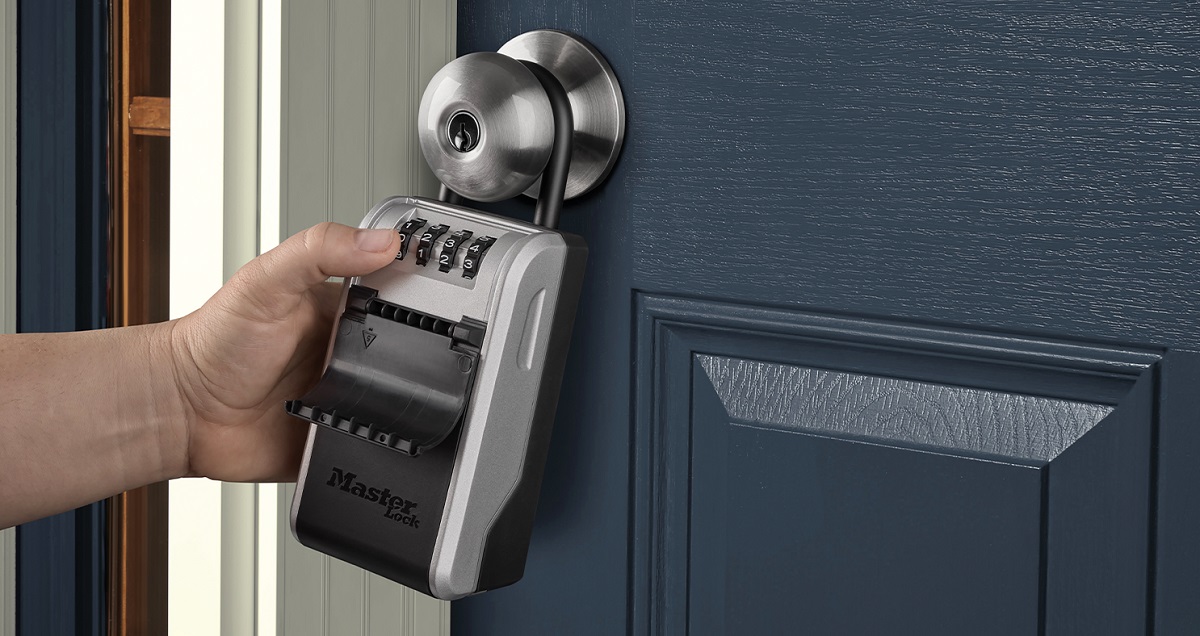

Security & Surveillance
How To Remove A Lock Box From Door
Modified: February 25, 2024
Learn how to safely remove a lock box from your door with our step-by-step guide. Enhance your security and surveillance with our expert tips.
(Many of the links in this article redirect to a specific reviewed product. Your purchase of these products through affiliate links helps to generate commission for Storables.com, at no extra cost. Learn more)
Introduction
Welcome to our comprehensive guide on removing a lock box from a door. Lock boxes are commonly used to securely store keys and access cards, providing a convenient way for authorized individuals to enter a property. However, there are occasions when you may need to remove a lock box, whether it's due to a change in security protocols, the need for maintenance, or any other reason. In this article, we will walk you through the step-by-step process of removing a lock box from a door, ensuring that you can do so safely and effectively.
Removing a lock box may seem like a daunting task at first, but with the right tools and knowledge, it can be a straightforward process. Whether you're a homeowner, a property manager, or a security professional, understanding how to remove a lock box from a door is a valuable skill to have. By following the steps outlined in this guide, you'll be equipped to handle this task with confidence and precision.
So, let's dive in and explore the essential steps for removing a lock box from a door. Whether you're dealing with a traditional mechanical lock box or a modern electronic access control system, this guide will provide you with the insights you need to successfully complete the process. Let's get started!
Key Takeaways:
- Removing a lock box from a door requires gathering tools, locating the key or combination, and opening the box with care. It’s a valuable skill for homeowners, property managers, and security professionals.
- After removing the lock box, it’s crucial to secure the door by inspecting the surface, considering alternative security solutions, addressing wiring, and restoring the door’s appearance. This ensures the area remains safe and functional.
Step 1: Gather the necessary tools
Before you begin the process of removing a lock box from a door, it’s essential to gather the necessary tools to ensure a smooth and efficient operation. Here’s a list of tools you may need:
- Key or access code: If the lock box is secured with a key or access code, ensure that you have the appropriate means of unlocking it. This may involve using a physical key, entering a numeric code, or using an electronic access card or fob.
- Lock box shackle release key: Some lock boxes are equipped with a shackle release key, which is a specialized tool designed to disengage the shackle from the lock box body. If your lock box requires this key for removal, make sure to have it on hand.
- Standard tools: Depending on the type of lock box and its mounting mechanism, you may need standard tools such as a screwdriver, pliers, or a wrench to assist in the removal process.
- Protective gear: It’s always a good idea to wear protective gloves and safety glasses, especially if you’re dealing with a lock box that has been exposed to the elements and may have accumulated dirt or debris.
- Replacement hardware: In some cases, removing a lock box may require replacing the existing hardware or installing a new lock. If this is the case, ensure that you have the necessary replacement hardware and tools to complete the installation.
By having these tools at your disposal, you’ll be well-prepared to tackle the task of removing the lock box from the door. Additionally, taking a moment to gather the required tools beforehand can help prevent delays and ensure that you can complete the process without interruption.
Step 2: Locate the key or combination
Before proceeding with the removal of the lock box from the door, it’s crucial to locate the key or combination necessary to unlock the device. Depending on the type of lock box you’re dealing with, this may involve different approaches:
- Mechanical lock box: If the lock box features a traditional mechanical lock, you’ll need to ensure that you have the corresponding key to unlock it. This may be a standard key or a specialized key designed for the specific model of the lock box.
- Electronic lock box: For electronic lock boxes equipped with a keypad or access control system, you’ll need to input the correct combination or use an access card or fob to deactivate the lock and gain access to the contents.
It’s important to approach this step with caution and attention to detail. If you’re unable to locate the key or if the combination is not readily available, consider reaching out to the appropriate individuals who may have this information, such as property owners, managers, or security personnel.
Additionally, if the lock box is associated with a security system or access control protocol, be mindful of any procedures or permissions required to access the key or combination. Following the proper protocols ensures that the removal process is conducted in a secure and authorized manner.
By taking the time to locate the key or combination before proceeding, you’ll be able to unlock the lock box without unnecessary delays or complications, setting the stage for a smooth and efficient removal process.
Step 3: Open the lock box
Once you have located the key or combination, it’s time to open the lock box. This step may vary depending on the type of lock box you are dealing with, so it’s important to follow the appropriate method for your specific device:
- Mechanical lock box: If the lock box utilizes a mechanical locking mechanism, insert the key into the lock and turn it in the designated direction to unlock the device. Take care to operate the key smoothly and steadily, as some lock boxes may require precise handling to release the locking mechanism.
- Electronic lock box: For electronic lock boxes equipped with a keypad or access control system, input the correct combination or use the designated access card or fob to deactivate the lock and gain access to the contents inside the box.
As you open the lock box, be mindful of any potential obstructions or resistance that may indicate a need for additional care or attention. If the lock box has not been accessed for an extended period, it’s possible that environmental factors or mechanical issues could affect the smooth operation of the locking mechanism.
Once the lock box is successfully opened, take a moment to inspect the interior and ensure that any contents, such as keys or access cards, are readily accessible and can be safely removed. This will set the stage for the next step, which involves removing the lock box from the door itself.
By following the appropriate procedure to open the lock box, you’ll be able to proceed with the removal process confidently and securely, knowing that you have gained authorized access to the contents of the lock box.
Use a screwdriver to remove the screws holding the lock box in place. Once the screws are removed, the lock box should come off easily. Be sure to keep track of the screws so you can put them back in when needed.
Step 4: Remove the lock box from the door
With the lock box open and its contents accessible, it’s time to proceed with removing the device from the door. This step involves careful handling and attention to detail to ensure that the lock box is detached securely and without causing any damage to the door or surrounding area.
Here are the general steps to follow when removing a lock box from a door:
- Assess the mounting mechanism: Before attempting to remove the lock box, take a moment to assess how it is secured to the door. Some lock boxes may be affixed with screws, bolts, or other fasteners, while others may utilize a shackle or mounting bracket. Understanding the specific mounting mechanism will guide your approach to removal.
- Use appropriate tools: Depending on the mounting method, use the necessary tools to detach the lock box from the door. This may involve using a screwdriver, wrench, pliers, or other implements to unfasten the securing elements and free the lock box.
- Handle with care: As you work to remove the lock box, handle it with care to avoid causing any damage to the door or surrounding surfaces. Take note of any wiring or cabling that may be connected to electronic lock boxes, ensuring that they are safely disconnected before removing the device.
- Store the lock box securely: Once the lock box has been successfully removed from the door, store it in a secure location, especially if it contains keys or access cards. This will prevent any unauthorized access and ensure that the device is ready for reinstallation or maintenance, if necessary.
By following these steps, you can safely and effectively remove the lock box from the door, preparing the area for any subsequent actions, such as installing a new lock box or addressing maintenance needs. With the lock box removed, you have completed a critical phase of the process, setting the stage for the final step: securing the door after removal.
Read more: How To Remove Schlage Lock From Door
Step 5: Secure the door after removing the lock box
After successfully removing the lock box from the door, it’s essential to take measures to secure the area and ensure that the door maintains its integrity and functionality. This final step involves addressing any potential vulnerabilities created by the removal of the lock box and implementing appropriate security measures.
Here are the key considerations for securing the door after removing the lock box:
- Inspect the mounting surface: Upon removing the lock box, inspect the mounting surface on the door to ensure that it remains structurally sound and free of any damage. If the lock box was secured with screws or bolts, verify that the mounting holes are intact and can support the installation of a new lock box or alternative security measures.
- Consider alternative security solutions: If the removal of the lock box leaves the door vulnerable or compromises access control, consider implementing alternative security solutions. This may involve installing a new lock, reinforcing the door with additional hardware, or integrating the door into a comprehensive security system.
- Address any exposed wiring or cabling: For electronic lock boxes that were connected to a power source or access control system, carefully address any exposed wiring or cabling to ensure electrical safety and prevent potential hazards. Secure or cap off any unused connections and, if necessary, consult a qualified professional for assistance.
- Restore the door’s appearance: If the removal of the lock box leaves visible marks or remnants on the door, take steps to restore its appearance. This may involve cleaning the surface, applying touch-up paint, or utilizing suitable materials to conceal any mounting holes or blemishes left by the lock box.
By addressing these considerations, you can effectively secure the door after removing the lock box, mitigating any potential security risks and ensuring that the area maintains its functionality and aesthetic appeal. Whether you plan to install a new lock box or explore alternative security options, taking the time to secure the door is a crucial final step in the process.
Conclusion
Congratulations! You have successfully learned the essential steps for removing a lock box from a door. By following the detailed process outlined in this guide, you have gained valuable insights into safely and effectively managing the removal of a lock box, whether it’s a traditional mechanical device or a modern electronic access control system.
Throughout this journey, you’ve discovered the importance of gathering the necessary tools, locating the key or combination, and opening the lock box with precision and care. You’ve also mastered the art of removing the lock box from the door, handling the device with the utmost attention to detail and ensuring the security of the area after its removal.
As you reflect on your newfound knowledge, remember that the ability to remove a lock box from a door is a valuable skill that can empower you in various settings, from residential properties to commercial facilities. Whether you’re a homeowner, a property manager, or a security professional, this expertise equips you to address security needs with confidence and proficiency.
Furthermore, the process of removing a lock box from a door offers a deeper understanding of access control, security protocols, and the importance of maintaining a secure environment. It underscores the significance of proper handling and attention to detail when dealing with security devices and reinforces the value of safeguarding access to properties and assets.
Armed with this knowledge, you are well-prepared to navigate the intricacies of lock box removal, ensuring that you can address security needs effectively and contribute to the safety and protection of the spaces you oversee. Whether you’re embarking on a maintenance task, upgrading security measures, or addressing a change in access control, the insights gained from this guide will serve you well.
Thank you for joining us on this journey of learning and discovery. We hope that the knowledge and skills you’ve acquired will empower you to approach the task of removing a lock box from a door with confidence and proficiency, enhancing the security and functionality of the spaces you manage.
Frequently Asked Questions about How To Remove A Lock Box From Door
Was this page helpful?
At Storables.com, we guarantee accurate and reliable information. Our content, validated by Expert Board Contributors, is crafted following stringent Editorial Policies. We're committed to providing you with well-researched, expert-backed insights for all your informational needs.
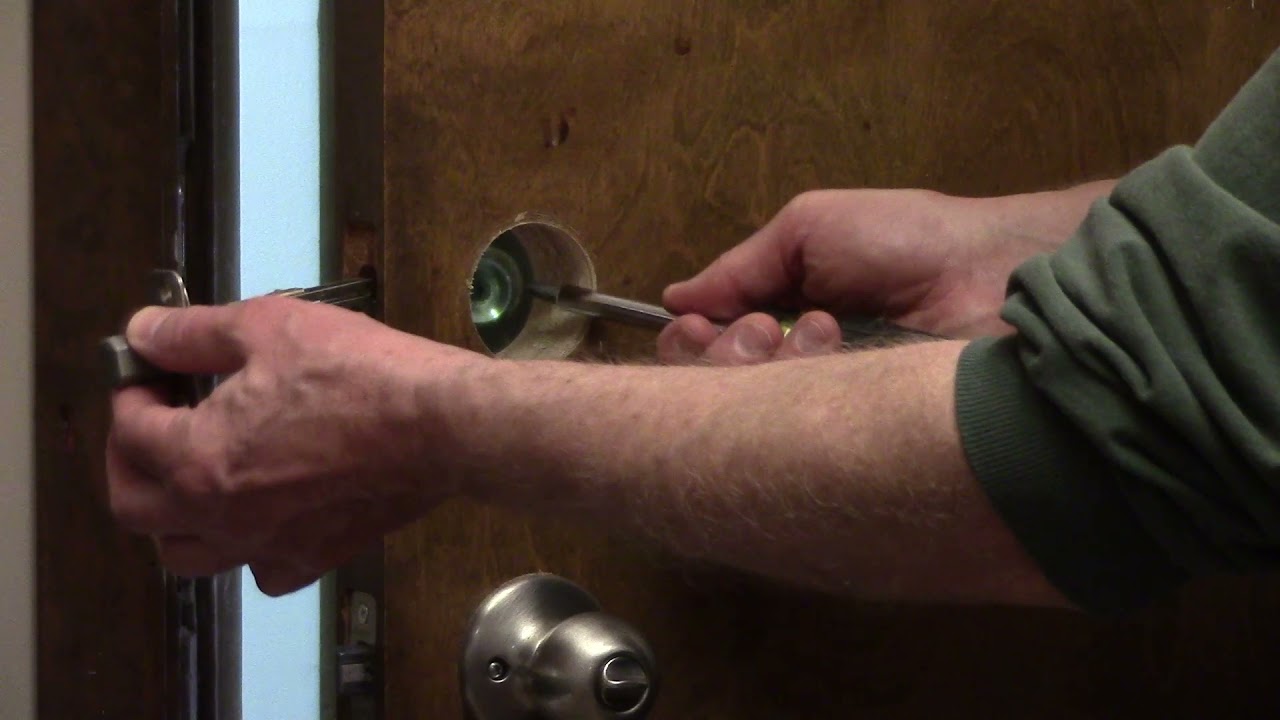
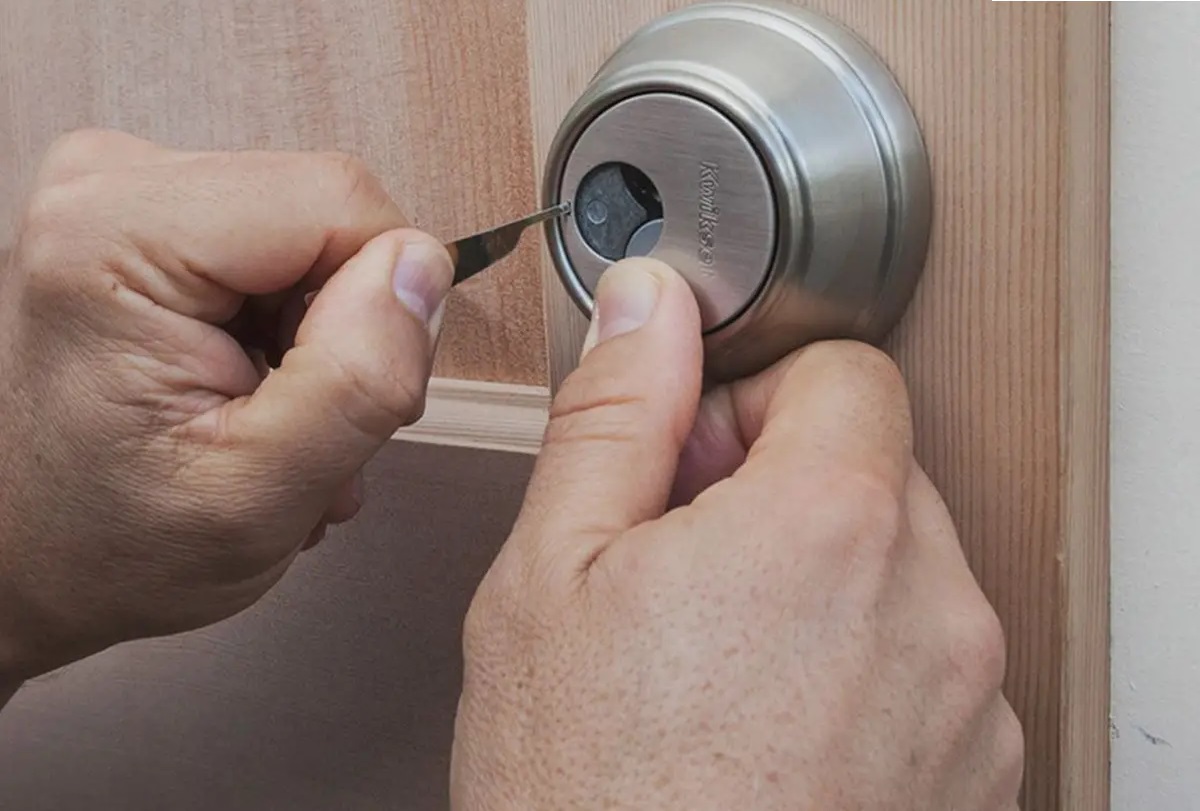
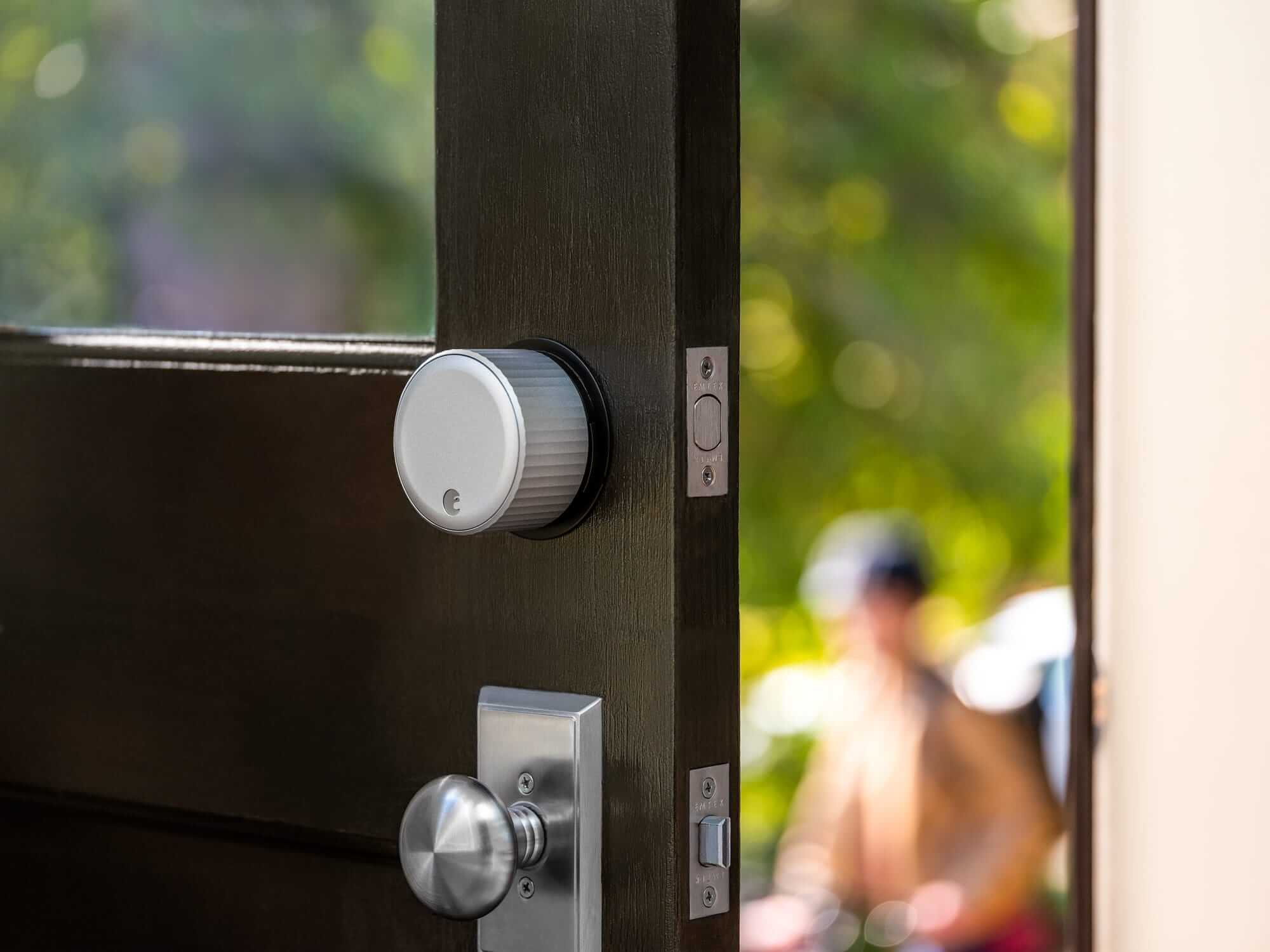
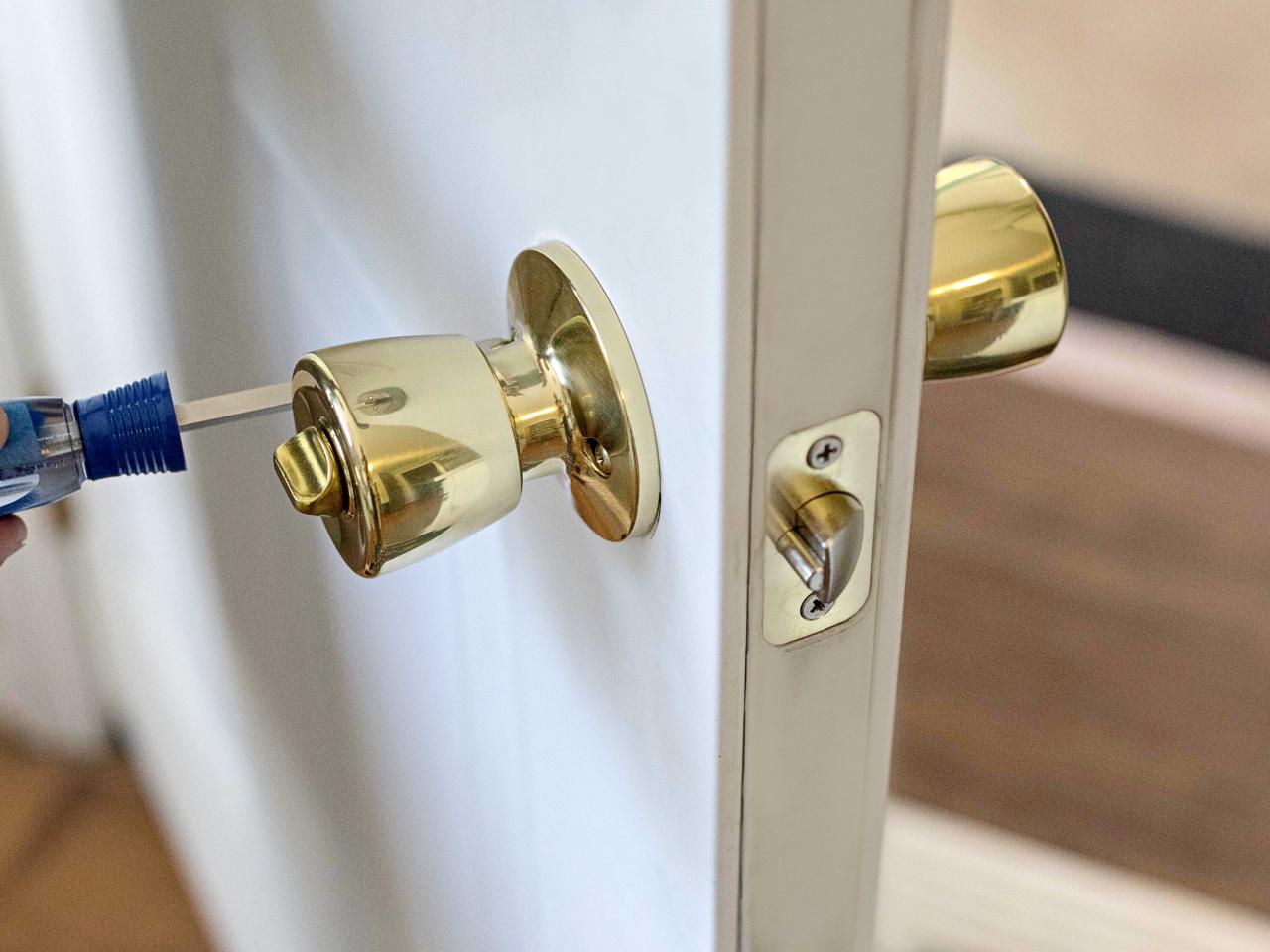
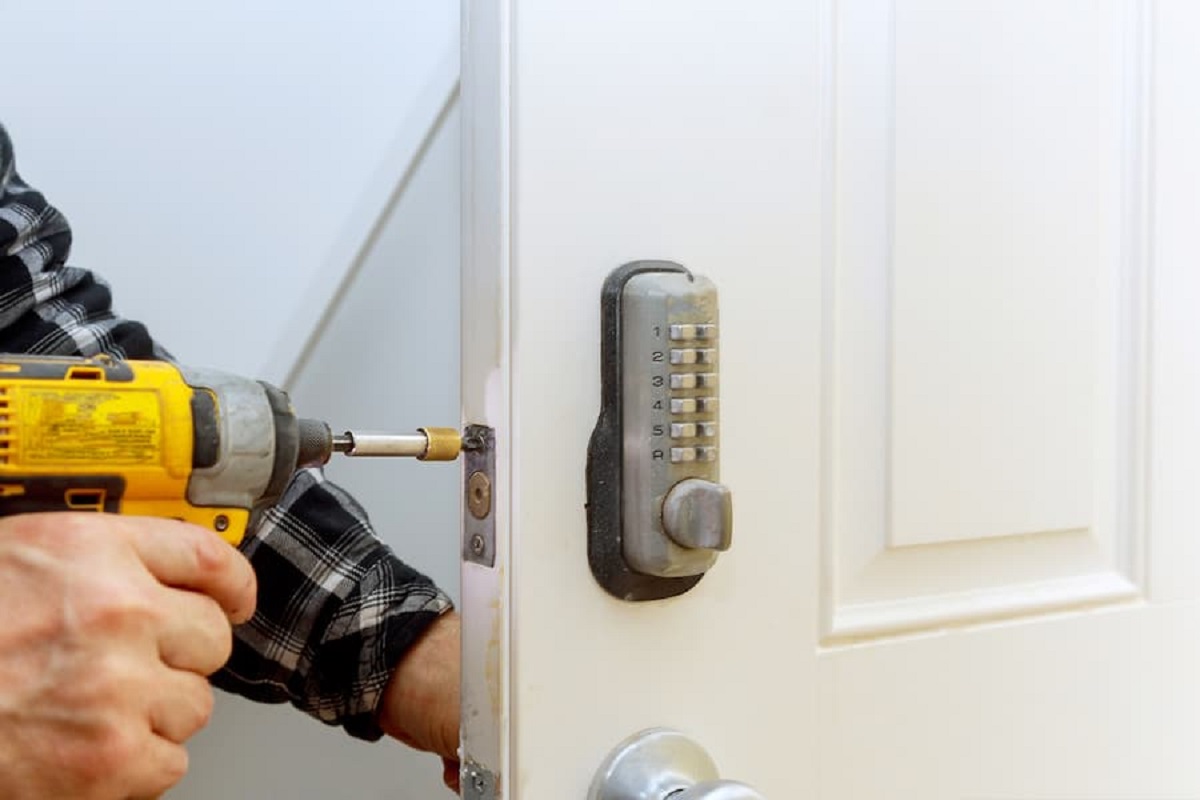
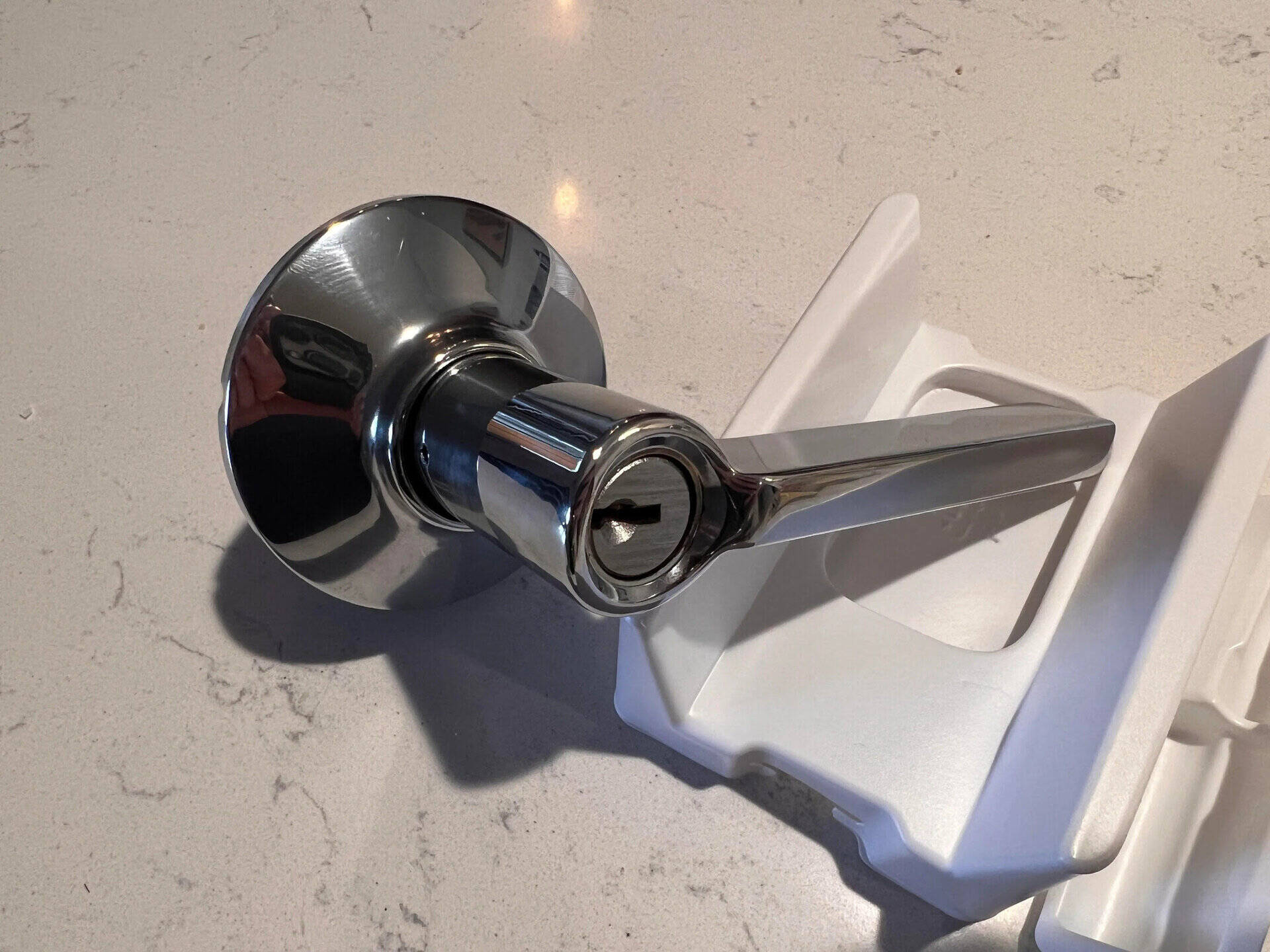
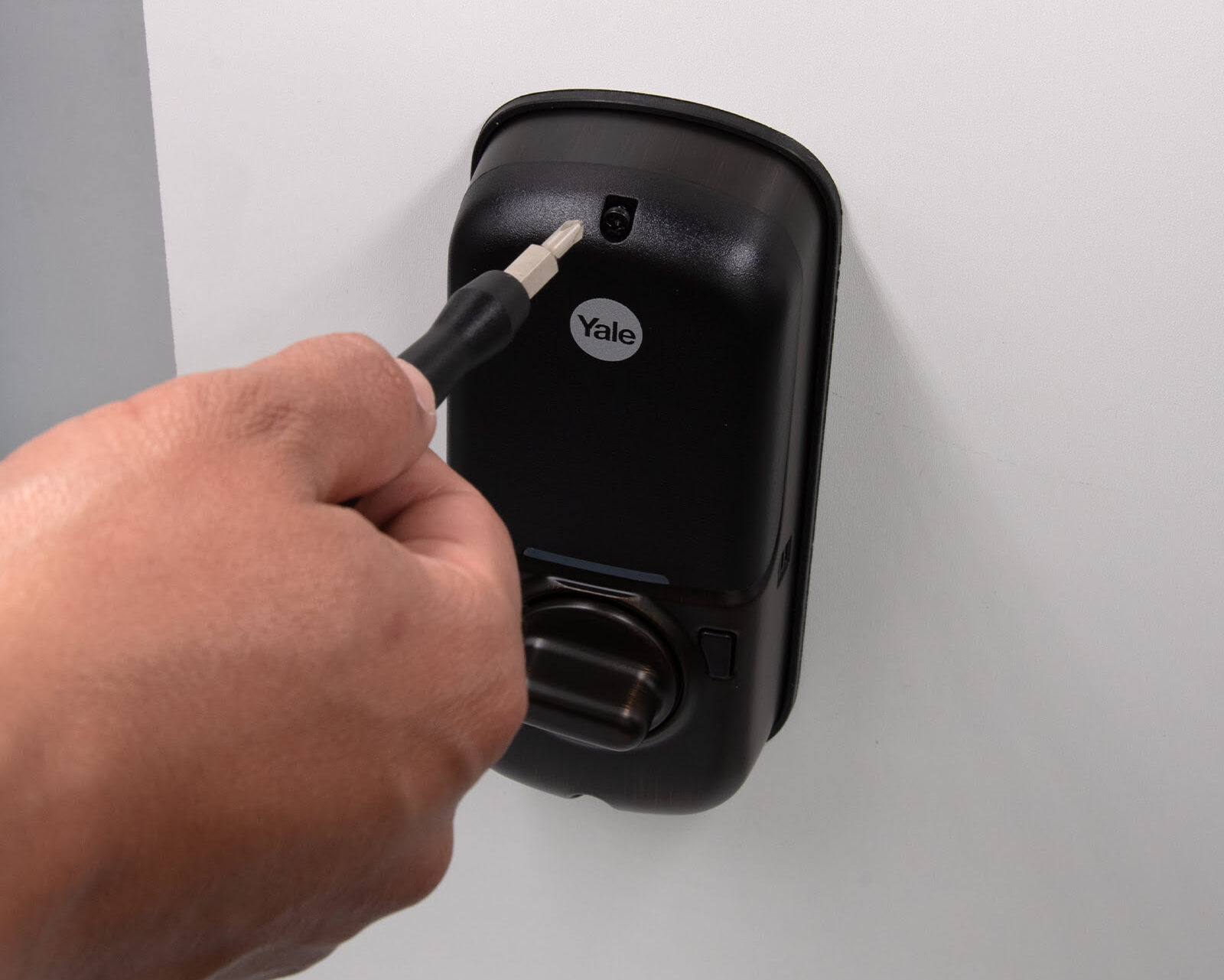
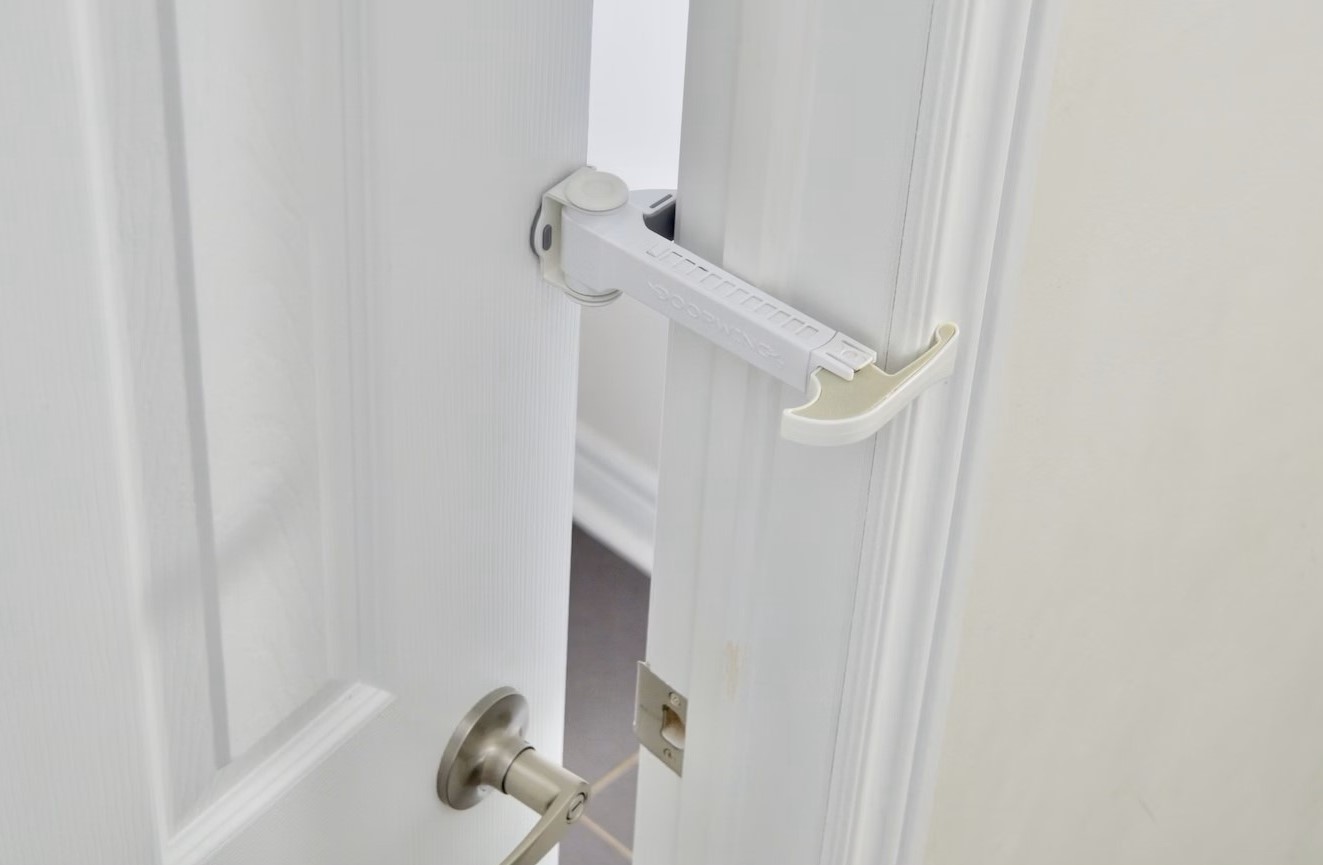
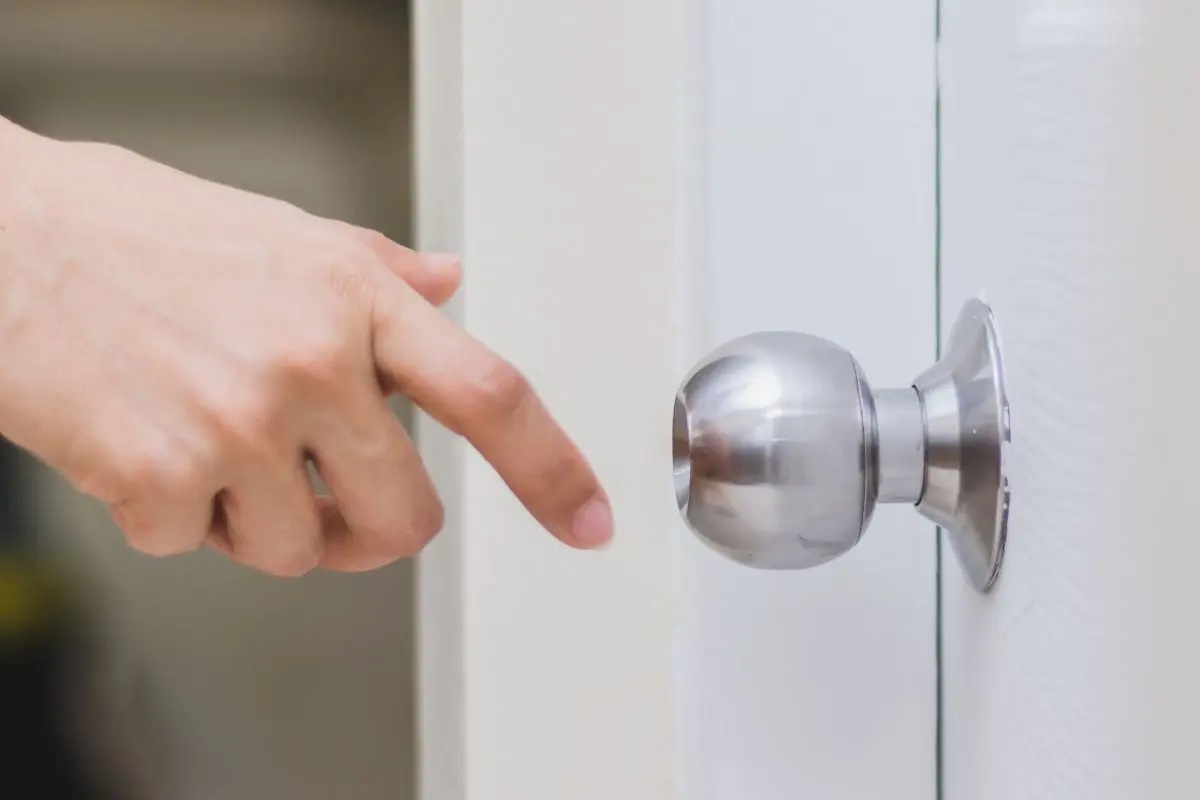
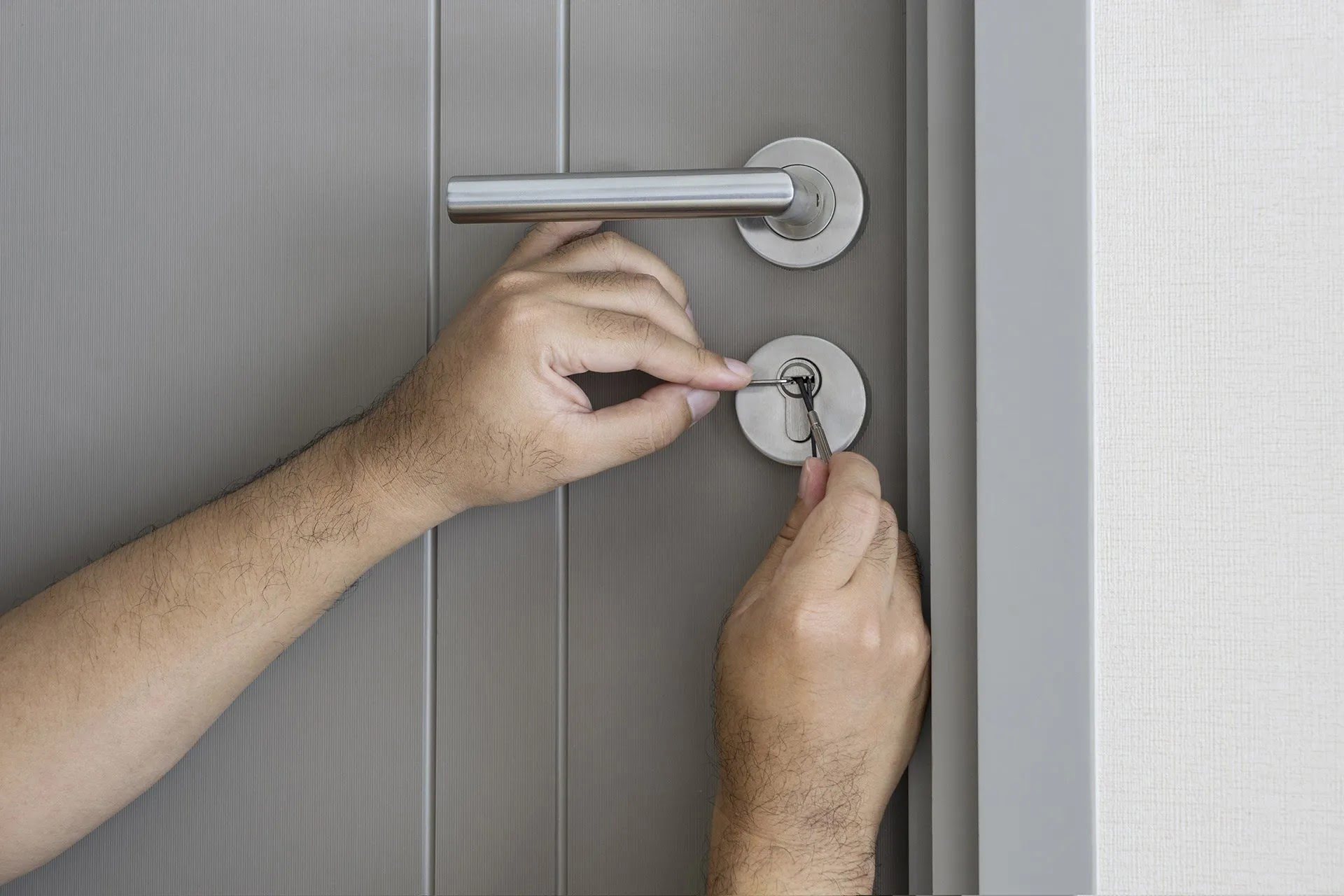
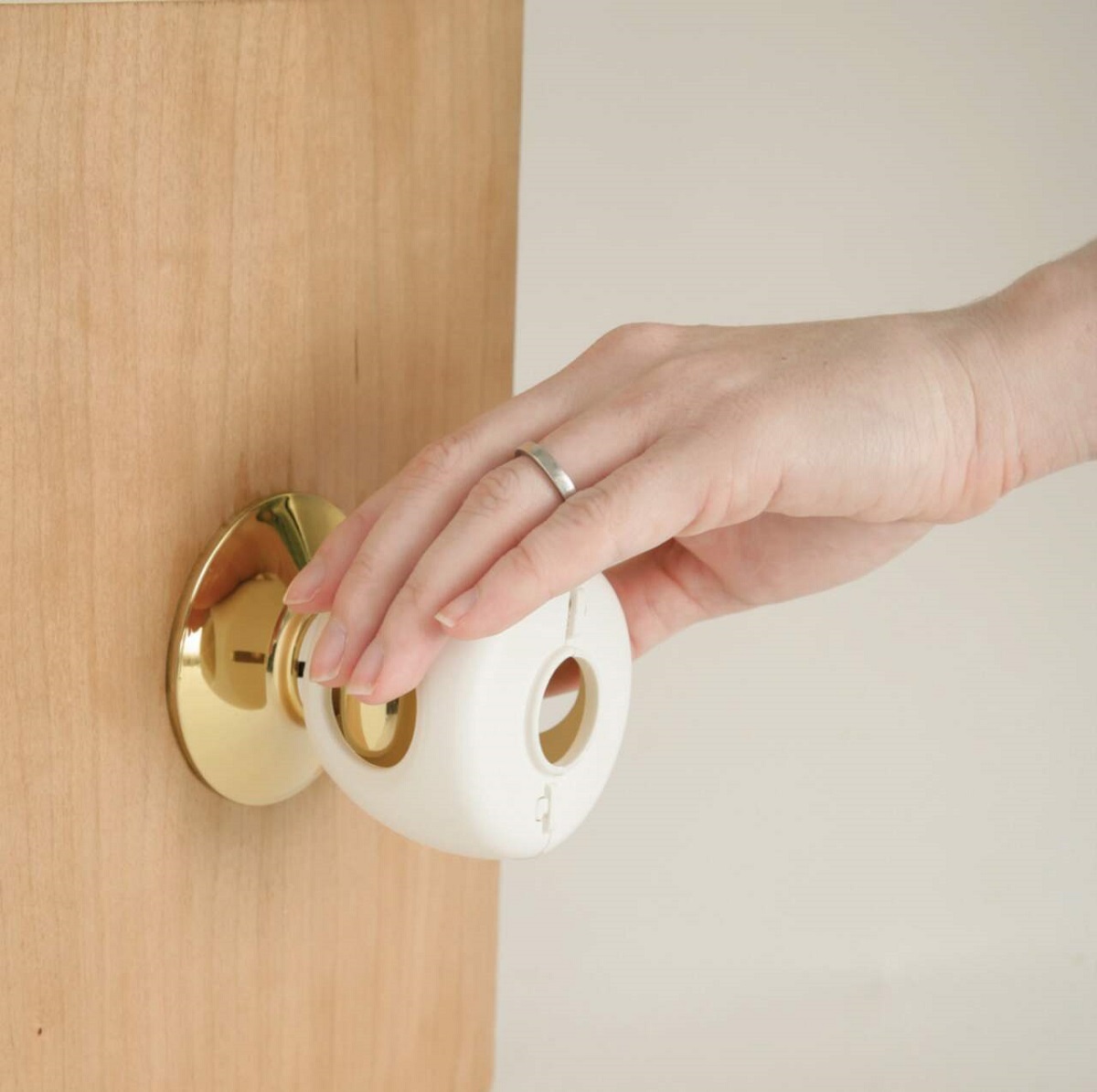
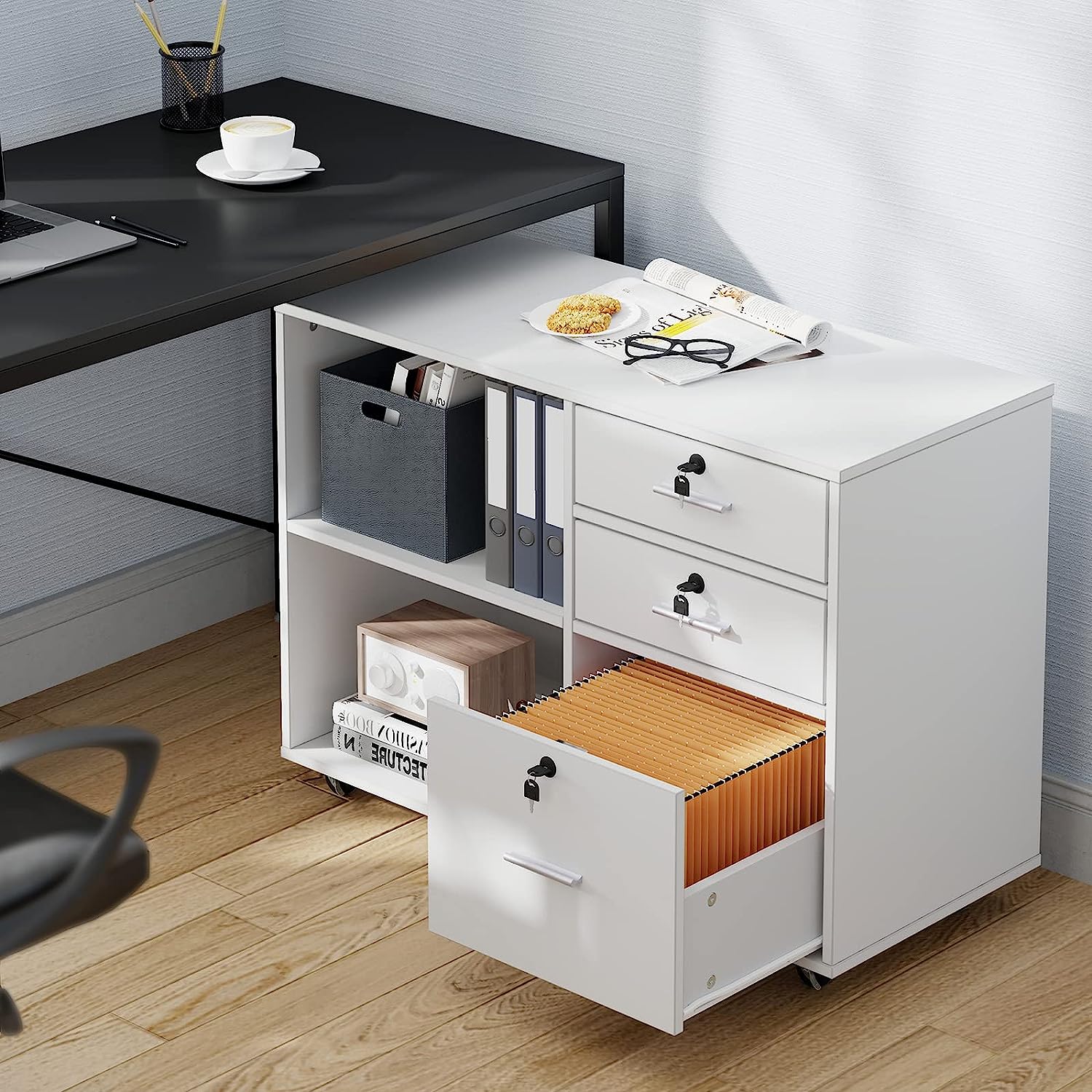
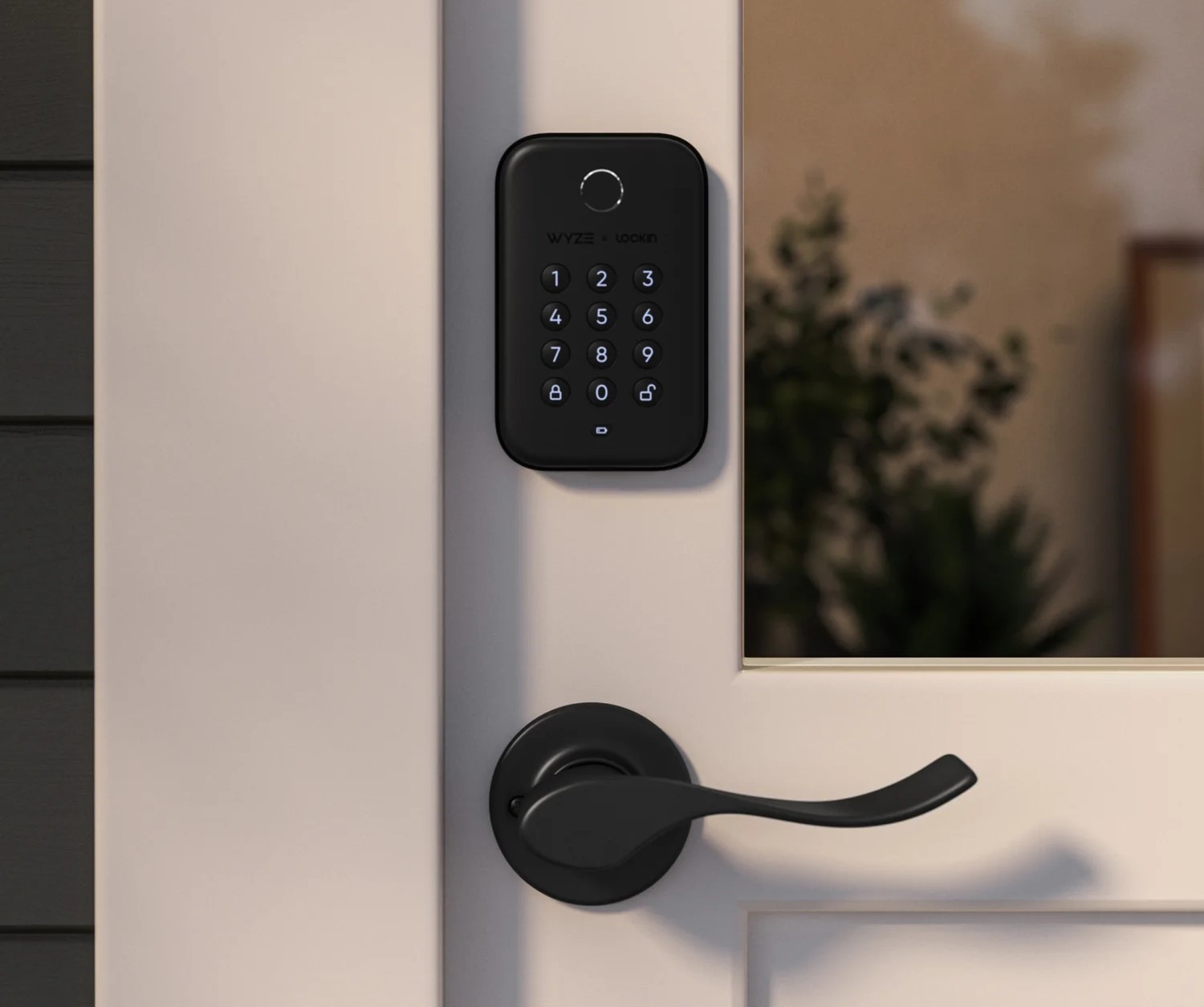
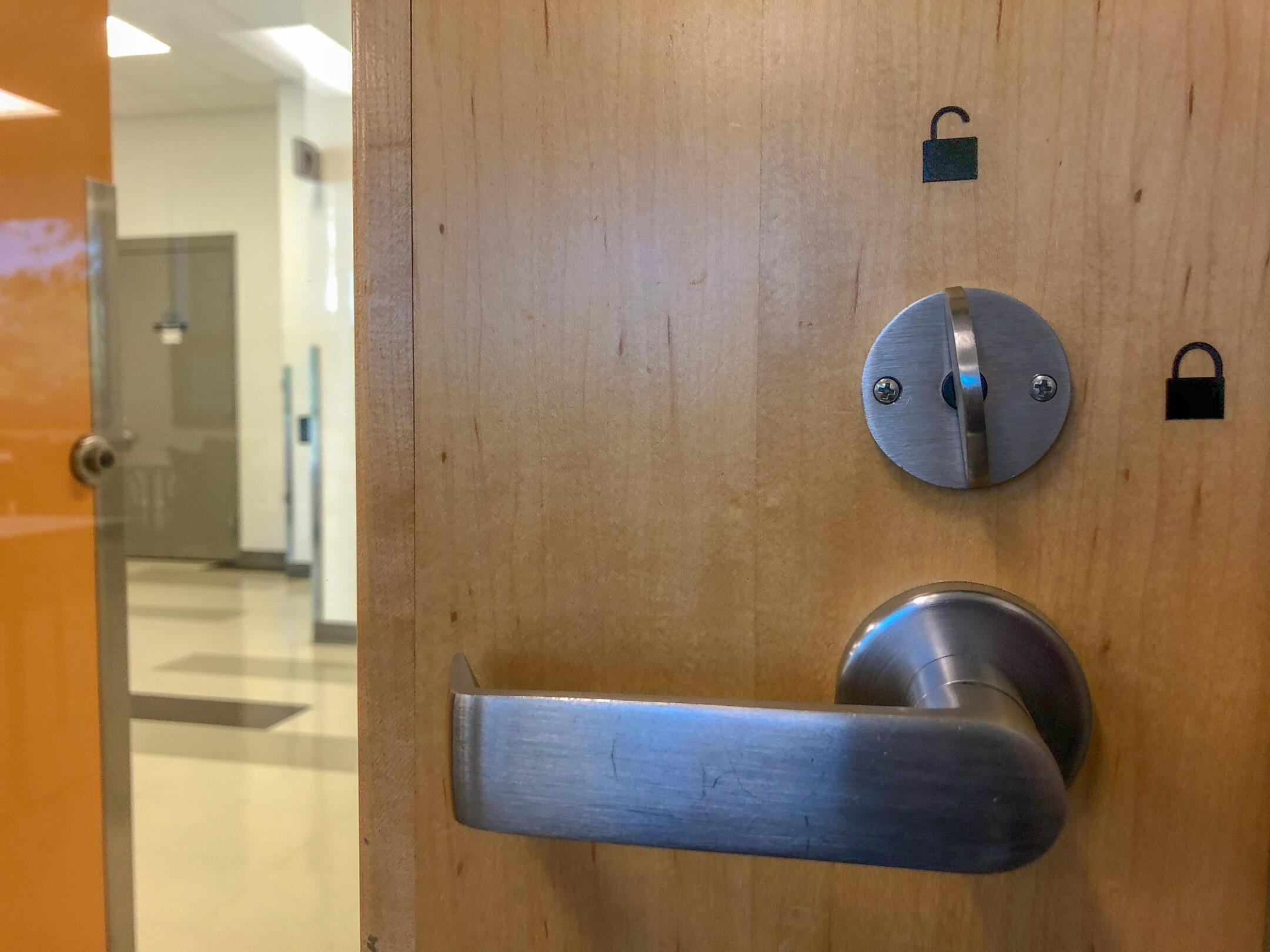

0 thoughts on “How To Remove A Lock Box From Door”